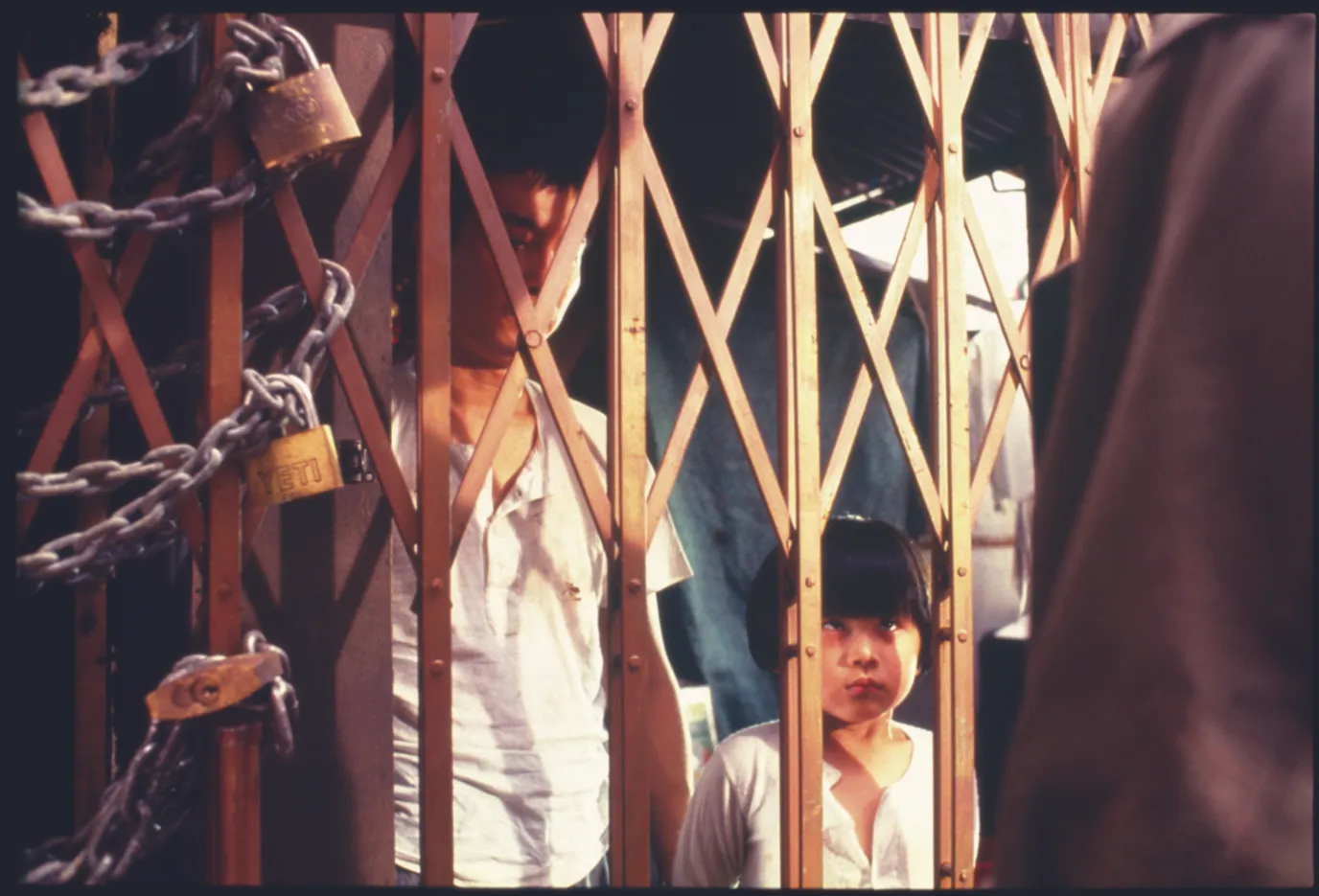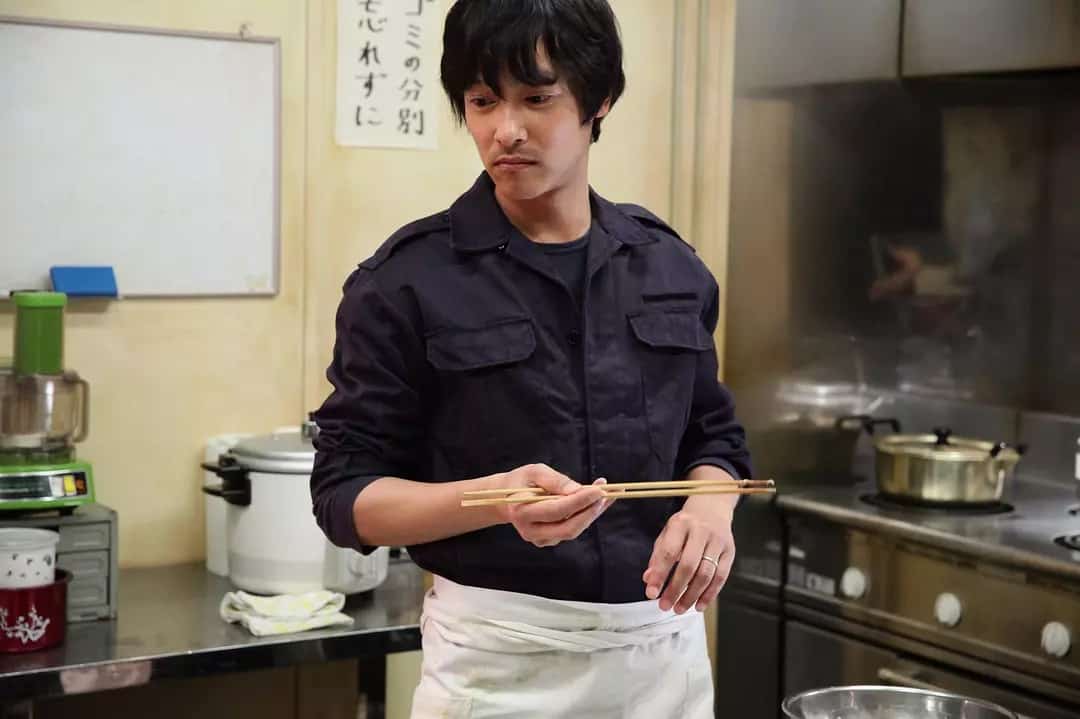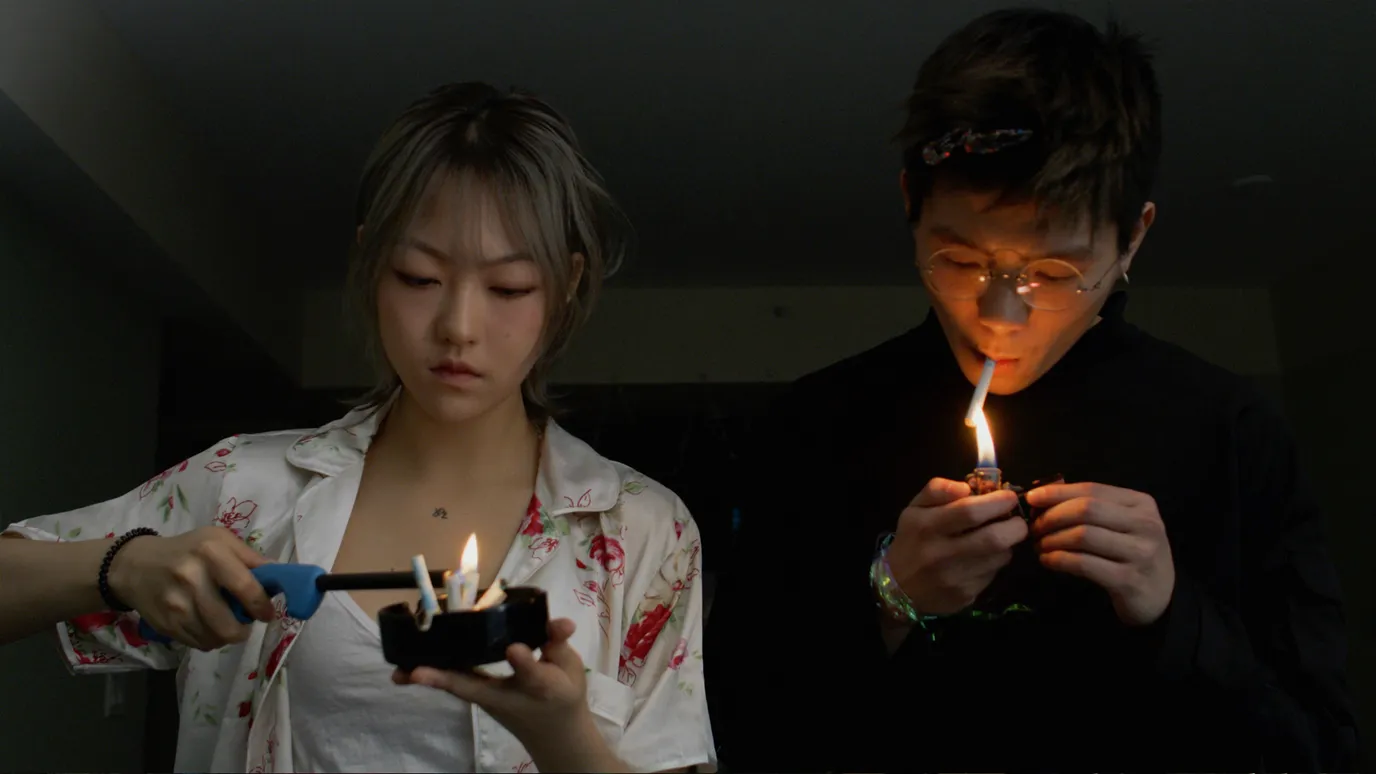“Stop being such a princess.”
We have probably heard the phrase, this has been a story a director has been eager to tell so many times, it has become something of a cliché . However, in the case of director and producer Emily Ting's film “Go Back to China”, this particular reason for telling a story has an autobiographical foundation. On the occasion of the movie's screening at this year's South by Southwest festival, Ting explains further how the story eventually became one she needed to tell before she was able to focus on other projects after her last feature “Already Tomorrow in Hong Kong”.
Even though she emphasizes she does not resemble the main character of her movie, she was also forced to return to her home country China at the age of 24. The experience of working in this culture, which had become somewhat foreign to her, along with working in her family's company shaped the framework of what would become “Go Back to China”.
Go Back to China is screening at San Diego Asian Film Festival – Spring Showcase

In general, the life of Sasha Li (Anna Akana) could not be any better. Although she has been unable to find a job at one of the fashion companies in Los Angeles, her family's money still keeps her afloat so that she can afford a rather luxurious lifestyle. However, this life comes to an abrupt halt when her father (Richard Ng) makes clear he will not be paying her any more money until she has returned to China and worked for him.
Although the relationship with her father has always been problematic after the divorce between her parents, Sasha agrees to her father's demands and reluctantly returns to her home country. Working next to her strict father as well as her stepsister Carol (Lynn Chen), she tries to make the best of her new job in her family's toy company. As she learns about the latest struggles of her father to keep up with the latest trends on the market, she finds a chance to show him her talents as a designer.
In many ways, Ting's feature is reminiscent of last year's “Crazy Rich Asians” in its portrayal not necessarily of Asian people but of luxury and wealth. Even though she has been used to a certain degree of comfort, Sasha is visibly stunned by the extent of her father's wealth as she walks through his mansion for the first time. Posing in front of rather tacky looking murals of women wearing bikinis in one of the bathrooms, Ting and cinematographer Josh Silfen emphasize the chauvinist side of wealth as well as the chasm between Sasha and her father. While we have not met Richard Ng's character yet – except for a brief phone conversation at the beginning – we already know a lot about him in this place that is less about elegance and more about showing off.

Considering the dimensions of a scene such as this, you have to praise first and foremost Ting's writing. While being entertaining, funny and fittingly light in some areas, it creates an array of interesting and flawed characters which is especially true for the three main ones. For example, describing one character as wasteful as Sasha is depicted in the beginning, we soon see her real talents, some of which she has hidden (from the world as well as herself) for a long time since she has not challenged herself truly in the last years. The same goes for the characters played by Richard Ng and Lynn Chen whose relationship seems fairly obvious at first, but in the end is far more complicated and flawed. The family drama is always presented with a notion of situational humour but also reveals more about these people.
Additionally, Ling explores the various cultural shifts between Western and Eastern culture with the examples of China and the USA. Although some of these themes remain mere footnotes within the narrative – the fame-culture of America, the working conditions in the family factory – some of them present an interesting idea fitting to the development of each character. Confronted with the extent of her father's exploitation in order to make a certain quota and meet his clients' expectations, Sasha regains an insight into the reality which has become a sad truth for the toy as well as the fashion industry.
In the end, “Go Back to China” is a smartly written, funny and wonderfully acted blend of comedy and drama. Its themes of family conflict, the clash of cultures and finding your true calling are framed within a likable, entertaining narrative which will surely find its audience. Emily Ting and her cats certainly deserve not only praise, but also the attention of a wide release for their efforts in this film.
Sources:
Patta, Gig (2019) Go Back to China: Lynn Chen and Director Emily Ting on Bringing this Asian Story to Life
https://lrmonline.com/news/lynn-chen-and-emily-ting-interview/, last accessed on: 04/04/2019















